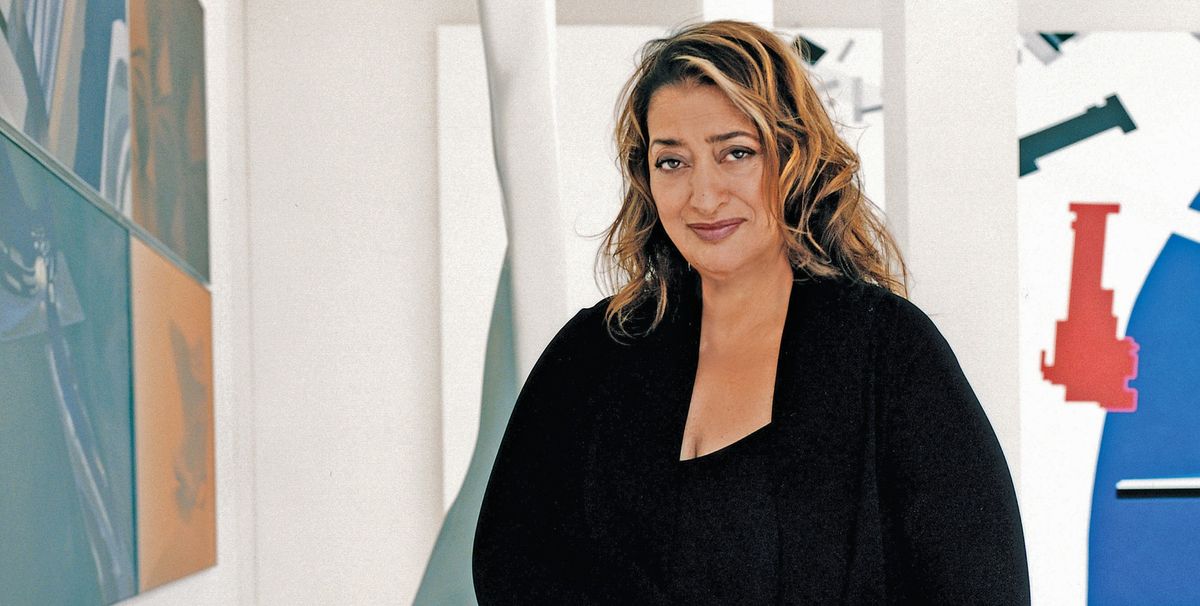In 1988, five years before Zaha Hadid’s first building was finished, her radical design for a luxurious leisure club perched above Hong Kong had already earned the young, Baghdad-born, London-based architect—who died in 2016—a place in a landmark exhibition in New York’s Museum of Modern Art. Hadid was the only female architect included in Deconstructivist Architecture, which was co-organised by the architect Philip Johnson. Her design for the club, to be called the Peak, was featured alongside work by six, better-known male architects, including Frank Gehry and Rem Koolhaas, her friend and former tutor at London’s Architectural Association.
Three of Hadid’s large-scale paintings for the Peak, plus dynamic perspective drawings and a dozen initial sketches, now fill a room in London’s Serpentine Sackler Gallery, where a tribute to the architect, Zaha Hadid: Early Paintings and Drawings, opened in December (until 12 February). The Serpentine’s show will travel next to Hong Kong, and the section on the Peak will be expanded when it opens at the ArtisTree space in March. There will be more paintings, plus drawings acquired by the M+ museum, and a model, possibly the only one in the exhibition, such was the project’s importance in launching Hadid’s career.
Hadid’s interest in Russian Constructivist art and architecture is well known but Woody Yao, a director of Zaha Hadid Design, who co-organised the exhibition with the Serpentine’s Amira Gad, reveals that her paintings for the Peak were also partly inspired by traditional Chinese watercolour landscapes. Hadid had travelled extensively through mainland China in the early 1980s shortly before she entered, and won, the open competition for the leisure club.
A lap pool runs the length of one floor of the daring, cantilevered construction overlooking the city. Saunas would have been in a space excavated out of the hillside, with a penthouse on top of the “horizontal skyscraper”. Yao points to the “sense of infinity” and to Hadid’s choice of pale colours in the large-scale paintings of the club in its hilltop context, such as the aerial view Blue Slabs (1983), and semi-abstract Confetti: Suprematist Snowstorm (1983). The latter reimagined a swath of the Central and Causeway Bay districts in Hong Kong complete with Hadid-style skyscrapers and superhighways.
Hadid’s interest in Islamic calligraphy, and skill in drawing, can also be seen throughout the series of works she produced for the Peak, far more than were needed to win the competition—Gad estimates that there are around 60. The design for the leisure club, which was never built, launched her international career. The competition prize money enabled Hadid, who was teaching at the Architectural Association, to open a small studio, assisted by a couple of students.
“Zaha never stopped,” says Yao. “The detail is incredible.” He points to the shading on a site plan, all done by hand with a Rotring pen. “She called [the shading] ‘wooshes’—I can see her doing it, all without a computer.”


